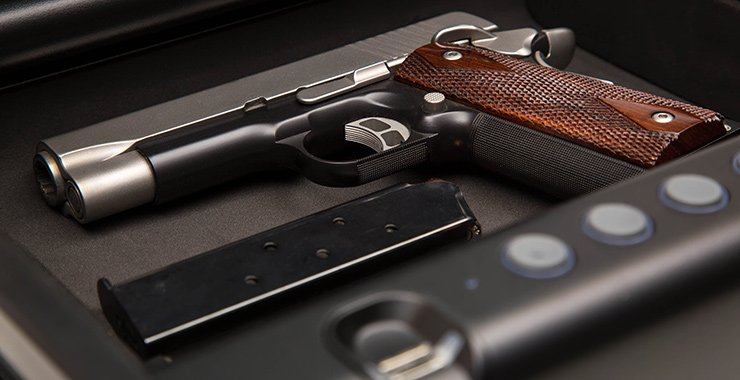By Michael Sierra-Arévaloa and Justin Nix
After more than 50 years of social science research on policing in the United States, the danger of police work remains a salient feature of police officers’ occupational environment (Loftus, 2010; Marenin, 2016; Sierra-Arévalo, 2019). Scholarly attention to the danger of policing has been renewed by recent discussion of a “war on cops” that began after the 2014 police killing of Michael Brown in Ferguson, MO. Proponents of this hypothesized war posit that the contemporary political climate has resulted in widespread distrust and even disdain of police on the part of public officials, academics, and the news media; in turn, the public has become increasingly “anti-police” and emboldened to question, resist, and violently attack police officers on U.S. streets (Mac Donald, 2016). However, despite widespread concern among police administrators (Nix et al., 2018), empirical research on the most dire implication of a war on cops—violence against police—finds no significant increases in fatal or non-fatal violence against police in recent years (Maguire et al., 2017; Shjarback & Maguire, 2019). Nonetheless, the issue of violence against police remains highly salient to U.S. politics and policy, including the rise of the Blue Lives Matter movement and the growth in laws seeking enhanced penalties for killing police officers (Craven, 2017). Despite the rich history of research on danger in police work, however, there are several long-standing limitations to this body of scholarship. First, researchers’ operationalization of “danger” tends toward the rarest, most extreme measure of danger in police work: felonious line of-duty deaths that are driven by firearm assaults (see White et al., 2019, p. 14). This focus on felonious deaths underestimates the total scope of the danger police confront by ignoring nonfatal violence against officers (c.f. Bierie, 2017; Bierie et al., 2016), including non-fatal firearm assaults that, even though they do not result in a line-of-duty death, represent cases of deadly force directed at police. Second, analyses that attend to all assaults on police officers better capture less-than-lethal violence (e.g. punches, kicks) but do not differentiate such cases from especially lethal threats like firearm assaults (Shjarback & Maguire, 2019; Tiesman et al., 2018; c.f. Bierie et al., 2016). Third, data sources that rely on voluntary reporting by police (e.g. LEOKA, NIBRS) are limited by a lack of consistent reporting by law enforcement agencies and marked lag times in the release of said data, frustrating timely, confident estimates of a pressing public safety and policy issue (Kuhns et al., 2016, p. 6; Nix et al., 2019, p. 6; Shjarback & Maguire, 2019). Because of its inattention to cases in which officers are shot but not killed, existing research tends to provide either an underestimate of gun violence directed at officers or eschew specificity in favor of an estimate of assault broadly defined. This, in combination with the data quality and timeliness issues that affect datasets commonly used to examine violence against police, prevents accurate estimates of total firearm assaults on officers that are of longstanding salience to the issue of officer safety in the United States (Cell, 2019; The President’s Commission on Law Enforcement and Administration of Justice, 1967, p. 239). Given the decided gravity of the problem at hand, there is a clear and urgent need for researchers to bring new, more timely data to bear. This article addresses these issues with open-source data provided by the Gun Violence Archive (GVA), a non-profit organization that collects and constantly updates data on firearm assaults of police officers across the United States. Because GVA records both fatal and non-fatal firearm assaults on police, we are able to provide an estimate of firearm assaults on police officers that includes (and differentiates) fatal and non-fatal shootings.3 We use these data to provide national- and state-level estimates of fatal and non-fatal firearm assaults against police officers in the United States from 2014 to 2019. We conclude with consideration of future directions for this research as well as the promises and limitations of data like those collected by GVA in research on violence against and by police. We also provide concrete policy recommendations for improving the quality and timeliness of data on violence against police to better support police agencies, researchers, and policy makers.
Criminology & Public Policy, Volume19, Issue3 Special Issue:CUTTING‐EDGE RESEARCH IN POLICE POLICY AND PRACTICE August 2020 Pages 1041-1066





















